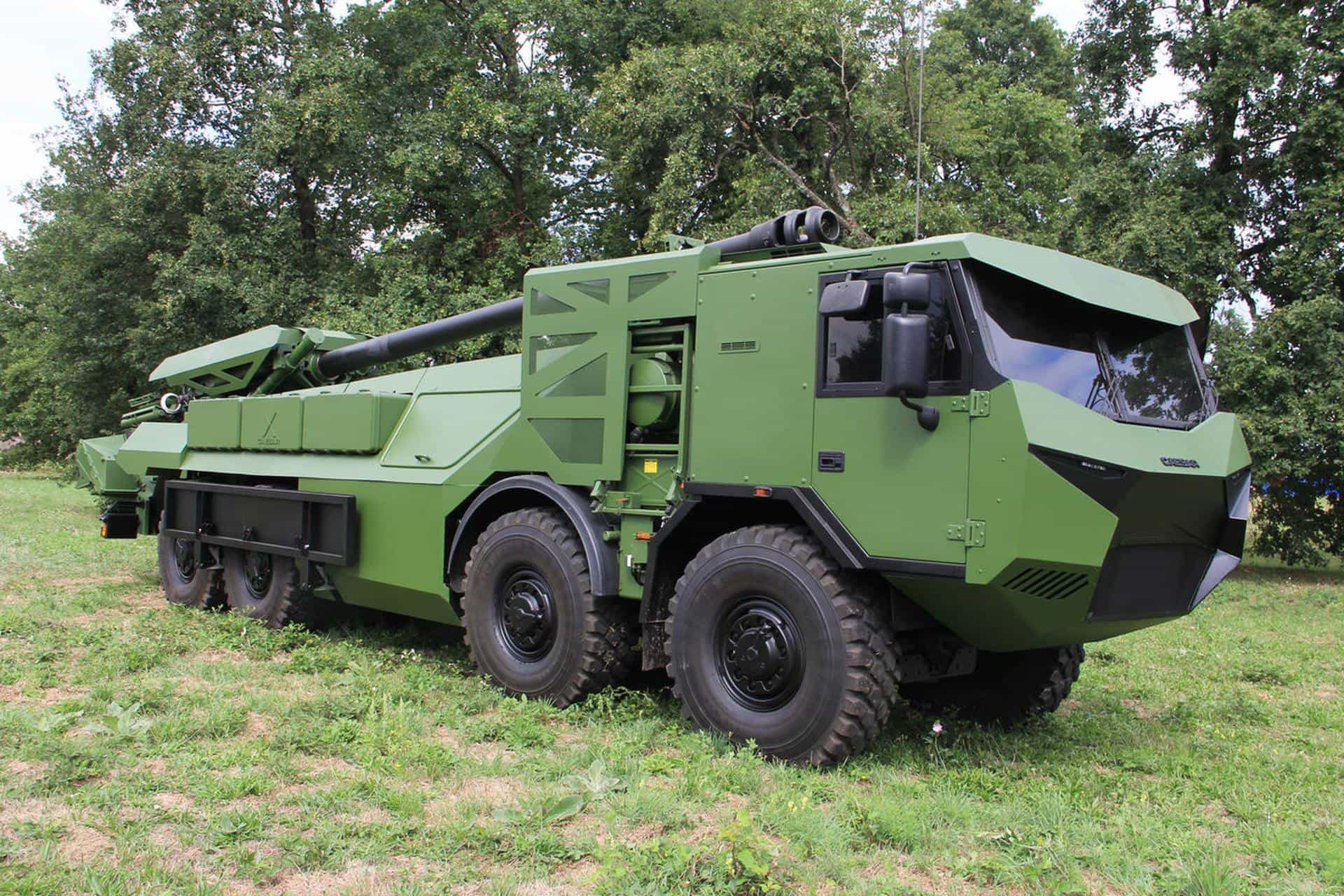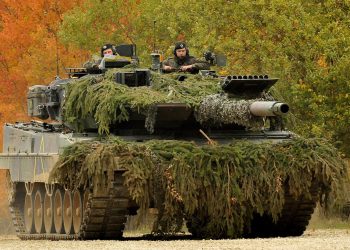US Air Force,
KABUL, Afghanistan: Airmen from the U.S. Air Force and the Afghan National Army Air Corps are working side-by-side to provide an airpower capability to the nation of Afghanistan.
The Afghan Army was created six years ago with the air corps element subsequently created four years later. The training mission to grow these institutions falls under the purview of the Combined Security Transition Command – Afghanistan at Camp Eggers. The task of mentoring the aerial portion of the force falls to CSTC-A's Combined Air Power Transition Force, which consists of several groups dedicated to growing an Afghan air capability.
“It's a privilege and honor because we get to work with our Afghan brothers and sisters here to literally rebuild the Afghan Air Corps like a phoenix rising from the ashes,” said Brig. Gen. Walter Givhan, 438th Air Expeditionary Wing and CAPTF commander. “Because there was so much destruction by the war, it's really starting from the ground up.”
Afghan Army Maj. Gen. Mohammed Darwan, Afghan National Army Air Corps commander and General Givhan's counterpart, agreed. “Obviously we have started with zero here,” he said through an interpreter. “After the fall of the Taliban regime and the terrorists, we didn't have anything here. The good news is we received help from CSTC-A, which continues to be our biggest supporter. We have received many things from them to keep us moving forward.”
With a current fleet of Ukrainian Mi-17 and Mi-35 helicopters, as well as several AN-32 and AN-24 cargo aircraft, the air corps is not nearly as developed as the United States Air Force or even the Iraqi air force, which also receives coalition assistance.
A casual observer might wonder why one of the poorest countries in the world with rudimentary infrastructure and institutions would need to bother with creating an air component with so many issues facing the developing nation at this critical time in its history.
“If you look at Afghanistan, it's a country that begs for airpower,” said General Givhan. “It's about the size of Texas, it has forbidding terrain with the mountains, they're still working on repairing the road system and there is very little rail, so airpower is an absolute necessity. Our biggest job is to help create this air corps that can meet the needs of the country.”
General Givhan also noted that the challenge is unique, as there are not many opportunities for U.S. Air Force mentors and the Afghan counterparts to operate in a vacuum to create a perfect institution.
“Building an air force while you are fighting a war is a little like building an airplane while you are trying to fly it,” said the general, who has an F-15 background and is deployed from the Pentagon. “That's a challenge and we're gauged at all levels as we try to meet that challenge, whether it's training, building infrastructure, doing sustainment with parts, all of that is involved in this. Rebuilding these systems, whether it's a financial or personnel system is a part of that.
“Here we have two different traditions, cultures that we are bringing together,” General Givhan said. “This is a partnership. We're not telling them what to do, they're not telling us what to do. We are working together to figure this out by taking what they know with what we know to create this air corps.”
The mission of the air corps is to provide support to Afghan army units in the field through moving troops, cargo or casualties but it is also able to support the Afghan government through humanitarian, civil relief, police assistance and other areas.
“The Air Corps is not restricted (to any particular area),” said General Darwan, a former MiG-21 pilot who also served as a Russian Cosmonaut during the Soviet era. “We meet the demands of the nation. Any type of mission we receive from the government, we are able to support — VIP, distinguished visitors, parliament members — we are here to help them.”
The ANAAC recently moved into a new $183 million facility at Kabul International Airport that provides the Afghans who work there a professional set of facilities to operate and maintain their equipment and air frames. As the air corps steadily continues to grow, General Darwan already has plans in place to continue to increase the capabilities of his organization throughout the country.
“We have completed the first phase of construction of new facilities for our Kandahar Wing, and we are working on a huge air corps annex project in the future,” he said. “We will also have other huge projects like Kandahar in Gardez, Herat, Jalalabad, Mazar-e-Sharif and other areas to develop facilities for the air corps.”
In addition to the growing infrastructure, General Darwan is also enthusiastic with the partnership opportunity — created with the U.S. Air Force — to send a group of Afghan aviators to the United States for training in both undergraduate pilot training as well as to continue the pilot's English language training.
“This is a great opportunity to boost their experience,” he said. “We have language challenges, as most of our personnel are not familiar with English. We are currently receiving language training from (U.S. instructors) here, and I think we have (accomplished) many achievements in that regard and we are able to solve our daily problems (by using) those skills.”
Both generals are pleased so far with the development and progression of their relationships and the growing capabilities of the ANAAC.
General Darwan noted that within the last four years, the ANAAC has come long way but there is still a way to go.
“It's a huge plan, and we need to go forward as we receive more capabilities,” he said. “This is not a small task, like training someone how to use an M-16 or drive a Humvee, creating an air capability takes a much longer time and we need more training and capacities to go forward so we can meet the demands of the people and the nation.”
General Givhan agreed.
“What we are doing is a key and critical part of building the capacity that will ultimately enable us to draw down at some point and allow the Afghans to stand on their own,” he said. “That is not to say that we will ever quit partnering with Afghanistan. It's been incredibly fulfilling and rewarding to learn from them and for them to learn from us.”









